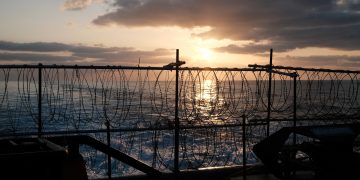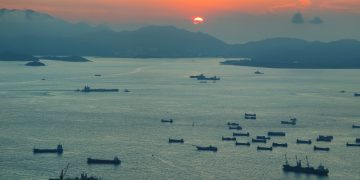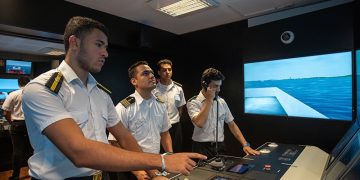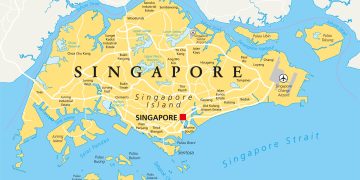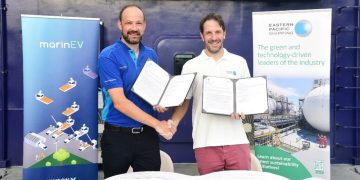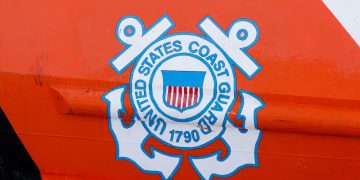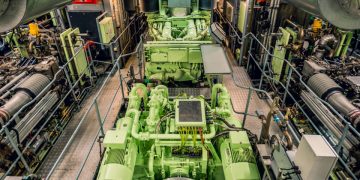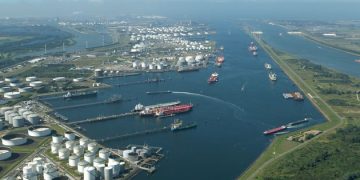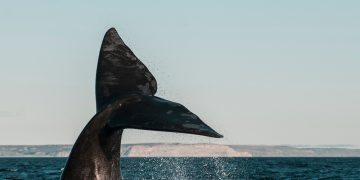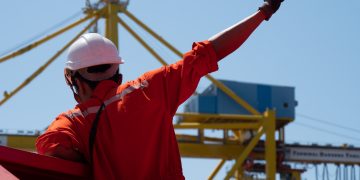The California Air Resources Board (ARB) has released its draft report, entitled as 'Heavy-Duty Technology and Fuels Assessment: Overview' to provide an overview and status update on the heavy duty technology, including marine vessels, and fuels available, including low sulphur diesel and LNG. Ocean-Going Vessel Efficiency Improvements There are numerous technologies and efficiency improvements available that can reduce emissions from ocean-going vessels (OGV). These include systems for recycling heat energy, advanced designs for hull, propellers and rudders, optimization of the draft and speed for a given route and arrival time, and monitoring the fouling of hulls and propellers. Engine technologies are also an essential factor for achieving the potential benefits, and could include electronic controls that improve fuel efficiency, LNG engines, or diesel engines with SCR after-treatment. Collaborative efforts are underway to better understand the opportunities these technologies could potentially provide. The two major OGV engine manufacturers, MAN Diesel & Turbo and Wärtsilä, have worked together since 2002 to develop new technologies for marine engines that will increase engine efficiency and reduce fuel consumption and CO2 emissions, reduce gaseous and particulate matter emissions, and increase engine reliability. This work was expected to reach completion by 2015. Another effort, the ...
Read more




